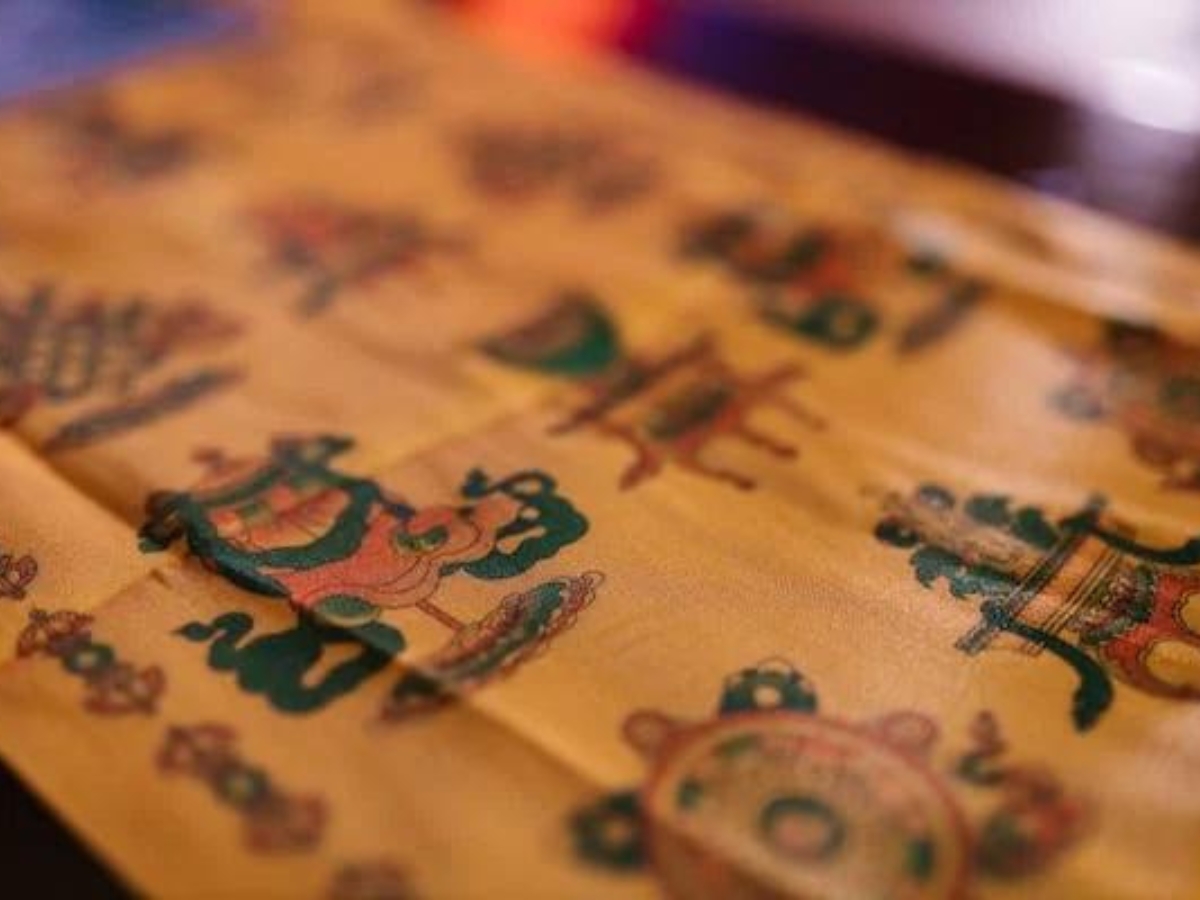WHY ART?
Since the start of time, art has been omnipresent around us in one way or the other. Art can be expressed in various forms through paintings, poetry, music, etc.
Art has always been an essential part of our society. It is the means through which we express ourselves, share our feelings, and connect. It helps people to live their dreams, display their grief, and convey a message.
Art can also be therapeutic. It is a well-known coping mechanism for people struggling with mental health issues.
ART AND ITS ROLE IN OUR SOCIETY
Society is reflected through its art. The art depicts a society’s culture, social norms, and practices. Art is the expression of creativity, creativity that can be used to inspire people and aid social movements. Art interpretation often depends on the observer. Thus it forces us to think or rethink. It can influence political movements and the political thoughts of an individual.
HOW DO ART AND CREATIVITY RELATE?
Art helps us to survive. It helps us to evolve and change by constantly challenging us.
The expression of creativity is called art. Creativity describes the development of new ideas, meanings, solutions, etc. Human productivity, emotions, intelligence, and ability to garner new meaning or find effective ways to approach a situation all fall under the umbrella of creativity.
WHY ARE CREATIVITY AND ART IMPORTANT?
Art is the reflection of our imagination. Without art, there would be no creativity and no imagination. Society would become dull and monochromatic without art.
Art is also reflected in music, stories, and comedy; without it, there would be no laughter and no happiness. Families would cease to have happy moments with their families.
What separates humans from other animals is based on our ability to appreciate art and use our creativity to build better. It would be accurate to say that without art, we would cease to exist as a society.

HOW HAS ART AFFECTED SOCIETY THROUGH THE AGES?
Art, through the ages, has served as memorabilia for society. It has helped make us aware of our history through cave paintings and petroglyphs.
Due to its communicative nature, art also helps to provide a cultural understanding of society or a particular moment in time. The Taj Mahal, for example, conveys the message of love through its art and gives an insight into the culture and rule present in India during that period.
People relate to society, its culture, and the people via their artistic representations. Understanding art helps us get a better idea about our own culture.
Art, through the ages, has been a vehicle for social change. Art represents a social movement and helps signify its importance. Some examples of artistic movements for social change include the women’s art movement during the Renaissance period, and artist Banksy’s representation of underground Bristol became a part of the subcultural movement taking place in society at the time.
Art also helps convey right and wrong, bringing out a story, or making up an entirely new one to inspire others. These include films like Schindler’s List, films or songs about a criminal case, stories of people who have suffered at the hand of dictators, etc.
It also exposes people to new ideas and makes them more susceptible to change. For example, the Beatles band exposed the audience to a new style of movement and led to a new era of music in the world. Artworks as a unifier through their creative elements- songs sung by a singer from one part of the world are enjoyed by audiences worldwide, given the catchy beats, rhythm, and tune.
Words can not emphasize the importance of art enough. It helps people acquire and hone essential skills like critical thinking, empathy, imagination, respect, attention span, etc.
As a more effective means of spreading movement principles to the public, art serves to empower and deepen commitment, inform society as a whole about social issues, unite social activists, and inform both internally to express or reinforce movement beliefs and ideas as well as externally.
More recently, art has played a significant role in the environmental movement. It helps people realize the beauty of Mother Earth and the saliency of protecting our planet. Such paintings and photographs resonate deeply with people living in that area, having visited the area, or wanting to visit the area. The Northwest landscape, for example, had a beautiful forest area that was destroyed by wildfires due to climate change.
Folk music in the free speech movement, statues made during the civil rights movement in China, and posters made during the Chicano protests are examples of the potential of art in a country’s social and cultural movements.
In essence, art is a powerful tool whose potential can be utilized for the greater good and bring about reforms in society.
However, misuse of art is a familiar feat. False representations of real-life happenings, painting a narrative, and mocking the music style or dance form of a country, are just some ways in which art loses the immense beauty imbibed in it. Thus, it becomes crucial for people to learn about art, study it, and make conscious decisions while garnering information from art.

